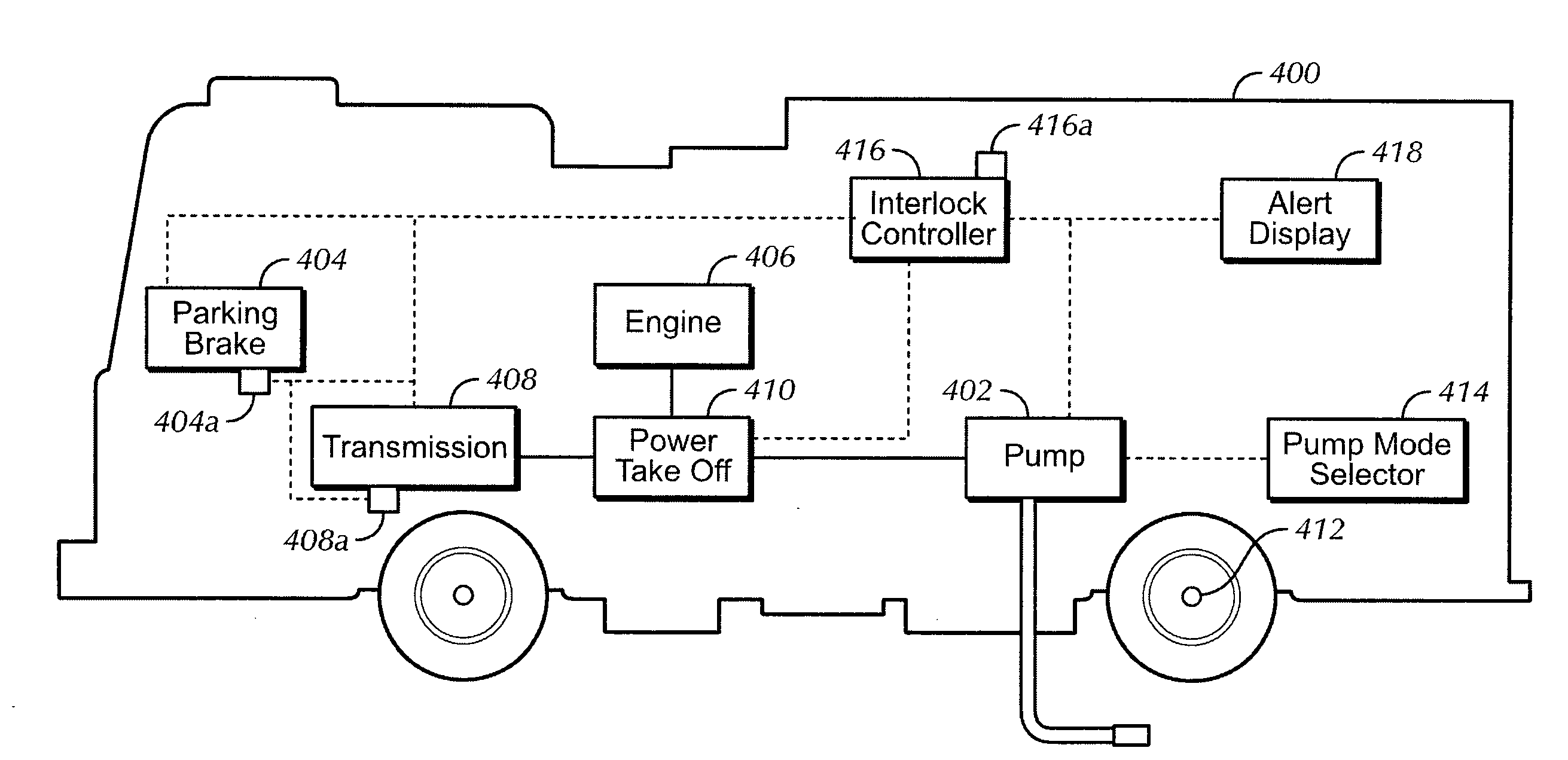Integrated Controls For A Fire Suppression System
a control system and fire suppression technology, applied in the field of improving fire suppression systems and techniques, can solve the problems of increasing the pressure of the pump, the number of firefighter deaths and the amount of money lost as a result of fires has not experienced the same decline, and the firefighters have no real world experience. to achieve the effect of preventing the increase of the pump pressur
- Summary
- Abstract
- Description
- Claims
- Application Information
AI Technical Summary
Benefits of technology
Problems solved by technology
Method used
Image
Examples
Embodiment Construction
[0041]Certain terminology is used in the following description for convenience only, and is not limiting. The words “right,”“left,”“upper,” and “lower” designate directions in the drawings to which reference is made. The words “inwardly” and “outwardly” refer to directions toward and away from, respectively, the geometric center of the system and designated parts thereof. The terminology includes the words above specifically mentioned, derivatives thereof, and words of similar import.
[0042]Referring to the drawings in detail, wherein like numerals indicate like elements throughout, there is shown in FIGS. 1-3 a preferred embodiment of a fire suppression system capable of automating a tank-to-hydrant change-over process. The fire suppression system ensures correct control of a flow of a fire suppression fluid, such as water from an incoming water supply, into the fire suppression system, such as a conventional fire truck. The fire suppression system for automating the tank-to-hydrant...
PUM
 Login to View More
Login to View More Abstract
Description
Claims
Application Information
 Login to View More
Login to View More - R&D
- Intellectual Property
- Life Sciences
- Materials
- Tech Scout
- Unparalleled Data Quality
- Higher Quality Content
- 60% Fewer Hallucinations
Browse by: Latest US Patents, China's latest patents, Technical Efficacy Thesaurus, Application Domain, Technology Topic, Popular Technical Reports.
© 2025 PatSnap. All rights reserved.Legal|Privacy policy|Modern Slavery Act Transparency Statement|Sitemap|About US| Contact US: help@patsnap.com



